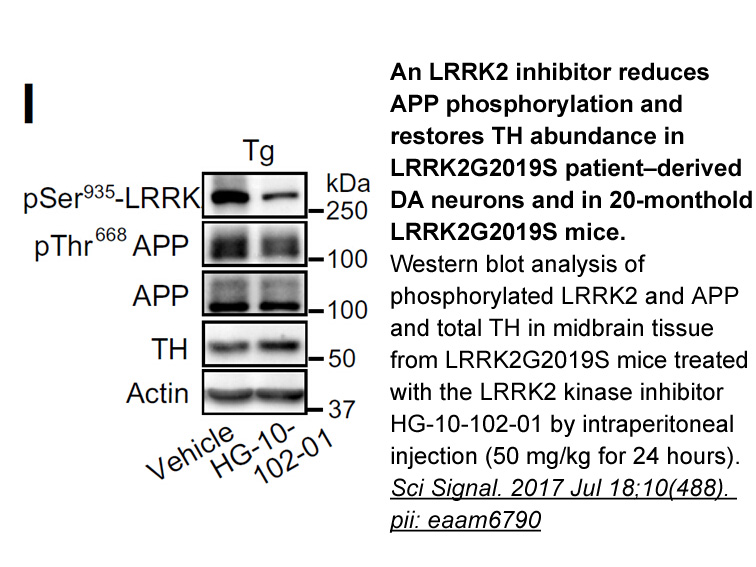Archives
Interestingly we found that co treatment
Interestingly, we found that co-treatment with losartan prevented the increased participation of ROS from NADPH oxidase on the contractile response to Phe observed in Hg-treated rats. Moreover, losartan also prevented the reduction in the endothelial NO modulation of this response found in treated animals. Therefore, our findings suggest that the overexpression of Ang II AT-1 receptors induces the activation of pro-oxidant pathways such as NADPH oxidase and the generation of oxidative stress in the vasculature, which likely reduced the NO bioavailability. Although it is well described that hypertension and cardiovascular disorders induced by Ang II are related to the activation of NADPH oxidase and ROS overproduction (Feng et al., 1995, Garcia-Redondo et al., 2009, Mohammadi-Bardbori et al., 2015), to our knowledge this is the first time that similar mechanisms is described to be produced by Hg during a chronic exposure at nanomolar concentration, although, as mentioned, no changes in blood pressure were observed. Biochemical findings corroborate with the functional data and demonstrate that co-treatment with losartan prevented the increase in the ROS levels in W123 sale and plasma and lipid peroxidation in plasma, suggesting that Ang II is the main mechanism involved in the increased oxidative stress on the cardiovascular system after Hg exposure. Concerning the antioxidant capacity, concomitant treatment with losartan protected the local and systemic antioxidant defenses. In agreement, this drug has been reported to reverse the reduced levels of GSH, GR and GPx in vascular tissue from animal models of hypertension and also to prevent the generation of ROS and normalize the blood pressure (Alvarez et al., 2007, Zhang et al., 2007).
Increased participation of contractile prostanoids from COX pathway, verified by using indomethacin, confirms previous data that low concentrations of HgCl2 stimulates the production of inflammatory factors from COX-2, contributing to increase the vascular reactivity (Peçanha et al., 2010; Rizzetti et al., 2017). Other studies using both high and low Hg concentrations have also shown the involvement of COX derivatives on the vasoconstrictor responses in different vessels, which was related to RAS activation (Salonen et al., 1995, Virtanen et al., 2005, Lemos et al., 2012, Wiggers et al., 2016). Accordingly, we found that co-treatment with losartan prevented the increased participation of contractile prostanoids from COX on the response to Phe in aorta of rats exposed to Hg, suggesting that the upregulated AT-1 receptors are also responsible for triggering inflammatory responses. Other studies have reported the possible action of Ang II on the regulation of COX-2 expression and prostanoid production in vascular smooth muscle cells through the activation of AT-1 receptors (Hu et al., 2002). However, until now, no studies have investigated the full scale of mechanisms of action underlying the Hg-induced vascular and hemodynamic dysfunction. Our study is an important step to clarify the mechanisms and interactions between these regulatory pathways of vascular tone.
As mentioned, we propose that AT-1 receptors upregulation by Hg, in a chronic exposure, produces its harmful effects on the cardiovascular system. One possible mechanism to explain the effect of the Hg on AT-1 receptors could involve the activation of tyrosine phosphorylated proteins by the metal. In response to Ang II stimulus, the carboxyl-terminus of the AT-1 receptor directly interacts with numerous growth factors, cytokines and proteins such as heterotrimeric G-proteins, MAP kinase, JAK kinase, Src kinase, which initiate receptor activation and signal transduction (Guo et  al., 2001). In addition, Hg is able to induce MAPK activation in different cell types (Aguado et al., 2013, Pal et al., 2012). Previous findings of our group have demonstrated that HgCl2 induces very early activation of ERK1/2 and later activation of p38 MAPKs without effects on JNK; these activations were not modified by antioxidants suggesting that they are earlier events in Hg-i
al., 2001). In addition, Hg is able to induce MAPK activation in different cell types (Aguado et al., 2013, Pal et al., 2012). Previous findings of our group have demonstrated that HgCl2 induces very early activation of ERK1/2 and later activation of p38 MAPKs without effects on JNK; these activations were not modified by antioxidants suggesting that they are earlier events in Hg-i nduced cascade (Aguado et al., 2013). Therefore, Hg could activate AT-1 receptors by modulating these proteins. Future studies about these pathways could clarify this point.
nduced cascade (Aguado et al., 2013). Therefore, Hg could activate AT-1 receptors by modulating these proteins. Future studies about these pathways could clarify this point.